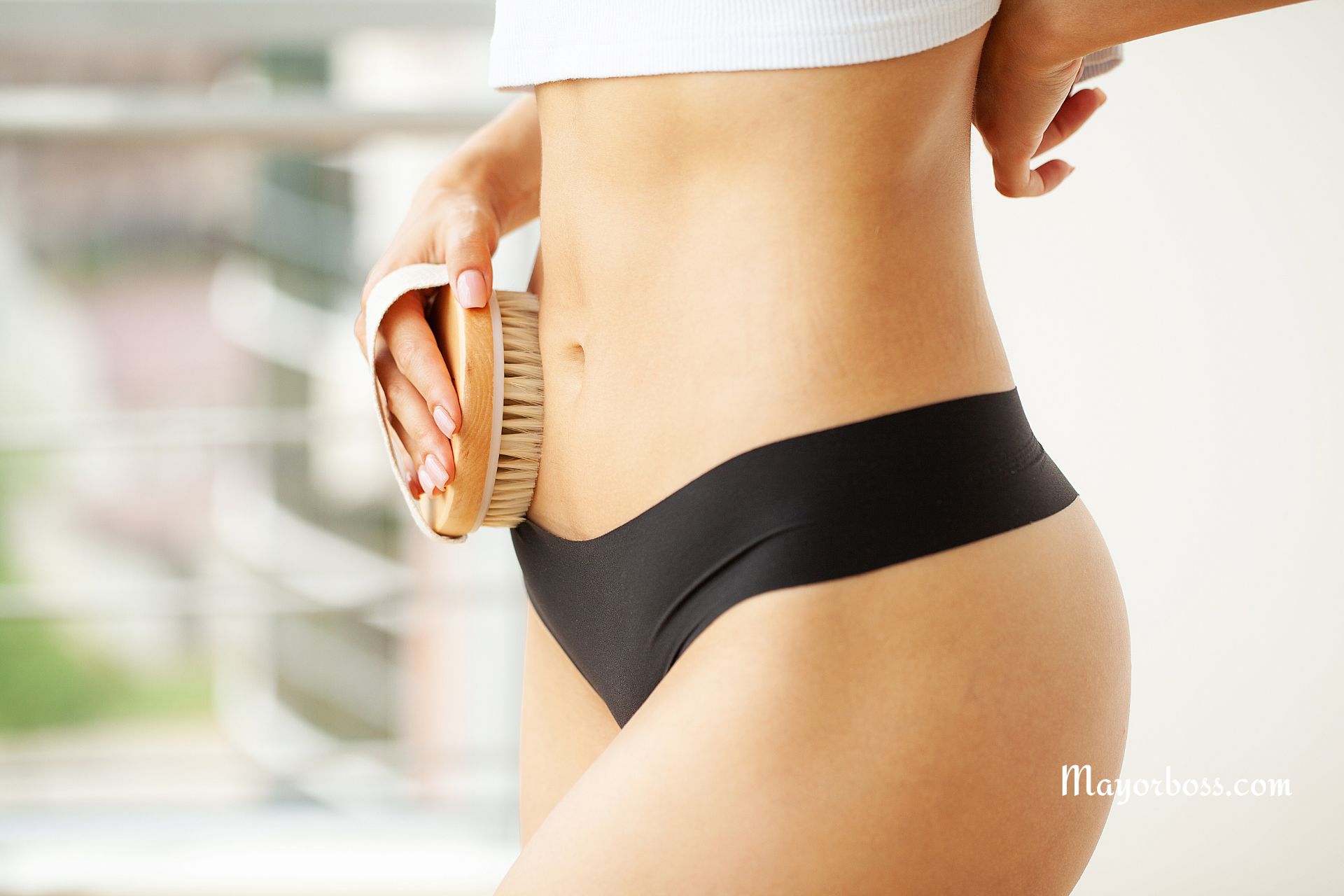How to Dry Brush Your Skin
Have you ever heard of dry brushing? It’s a simple, rejuvenating practice that can add a refreshing touch to your skincare routine. Dry brushing involves using a brush on your skin, typically before showering, to exfoliate, invigorate, and cleanse your body. Let’s walk through the steps of dry brushing and see how you can incorporate it into your daily regimen for healthier, more radiant skin.

What is Dry Brushing?
Dry brushing is precisely what it sounds like. It is defined as brushing your skin in a specific pattern with a dry brush, usually before taking a shower. This process helps to exfoliate your skin, removing dead skin cells, and can also boost circulation. Additionally, many people find it relaxing and invigorating.
Benefits of Dry Brushing
When you dry brush your skin, you’re not just taking care of its surface. Here are some potential benefits you might experience:
- Exfoliation: This is the most immediate benefit. Dry brushing aids to slough off dead skin cells, leaving your skin smoother and brighter.
- Stimulating the Lymphatic System: Some believe that dry brushing may stimulate the lymphatic system, helping the body detoxify.
- Boosting Circulation: The act of brushing your skin can increase blood flow, which can lead to a more energized feeling.
- Reducing Cellulite: While not a cure, regular dry brushing might help to soften hard fat deposits below the skin and distribute them more evenly.
Choosing the Right Brush
The key to effective dry brushing is using the right brush. Look for a brush with natural, not synthetic, bristles. The bristles should be stiff but not too hard. A brush with a long handle can help you reach all areas of your body.
How to Dry Brush
Now, let’s get to the main event: how to dry brush your skin. Follow these steps for an effective and enjoyable dry brushing experience:
- Start at Your Feet: Begin at your feet and move upwards towards your heart. This is important because you want to follow the natural circulation of your lymphatic system.
- Use Long Strokes: Use long, smooth strokes or circular motions. Be gentle on your skin. You’re not scrubbing a stain out of the carpet; you’re caring for your skin.
- Cover the Whole Body: Work your way up, covering each section of your body. Don’t forget less obvious spots like the backs of your arms or your lower back.
- Be Gentle on Sensitive Areas: Be softer on sensitive skin areas like the chest and avoid any areas of broken or inflamed skin.
- Follow with a Shower: After dry brushing, shower to wash away the dead skin cells.
- Moisturize: After showering, apply a moisturizer to nourish your skin.
When to Dry Brush
The most suitable time to dry brush is right before you shower. This way, you can wash off the dead skin cells right away. Most people find dry brushing once or twice a week sufficient, but you can adjust it based on your skin’s sensitivity.
Frequently Asked Questions
- Is dry brushing safe for everyone? Generally, yes, dry brushing is safe. But if you have sensitive skin, eczema, or psoriasis, you should consult with a dermatologist first.
- How long should I dry brush each time? A thorough session can last between 5-10 minutes.
- Can dry brushing help with cellulite? While dry brushing might temporarily improve the appearance of cellulite, there’s no scientific evidence to support long-term effectiveness.
Dry brushing is a simple yet effective way to care for your skin. By incorporating it into your routine, you can enjoy the benefits of smoother skin and perhaps even a more energized start to your day. Remember, as with any skincare routine, consistency and proper technique are key to achieving the best results.
